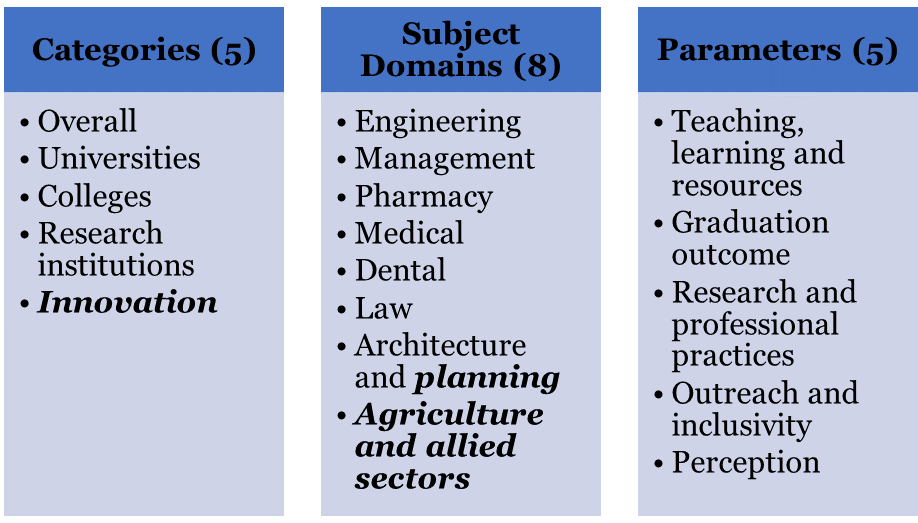900 319 0030
enquiry@shankarias.in
The National Institutional Ranking Framework (NIRF) recently released the eighth edition of India Rankings for 2023.

The AICTE-prescribes faculty-student ratio of 1:20. Only 33.98% of engineering colleges adhere to it.
As per the All India Survey on Higher Education (AISHE) 2021, there were 1,113 universities and 43,796 colleges in 2020-21.